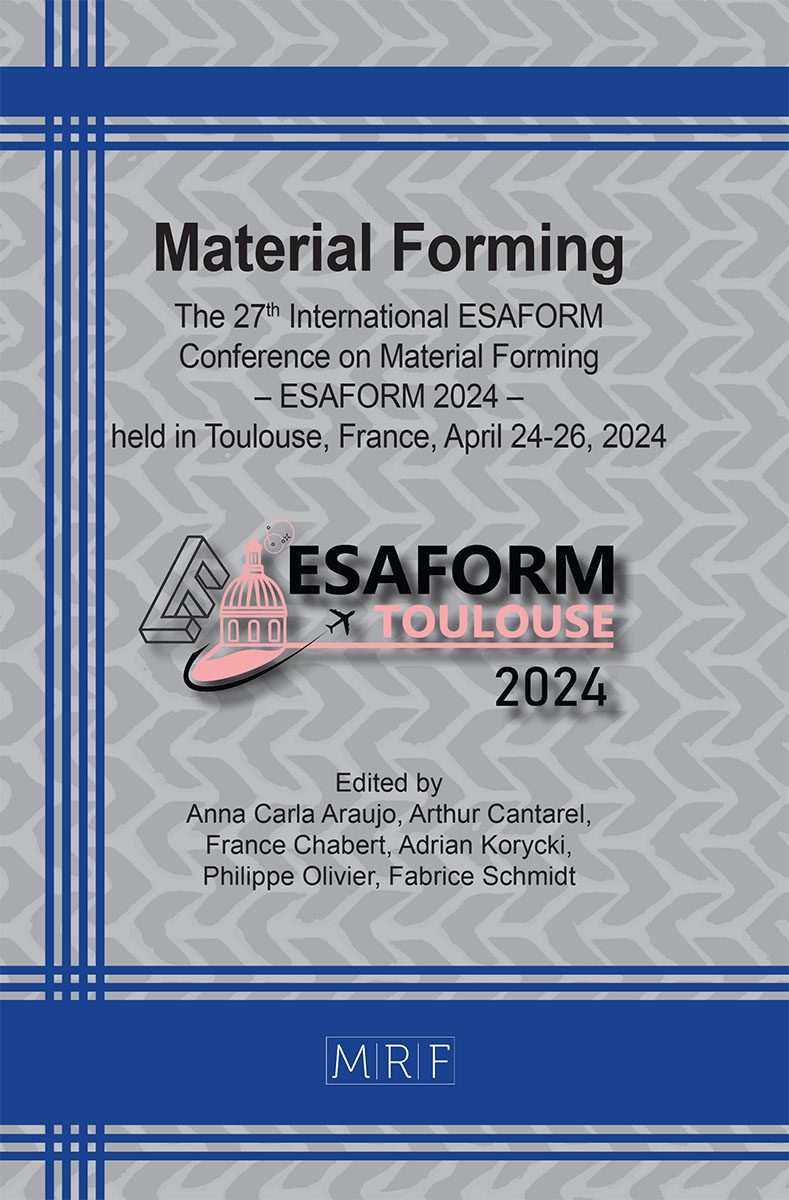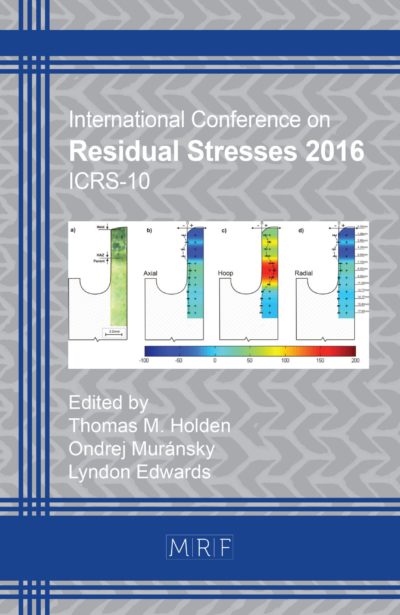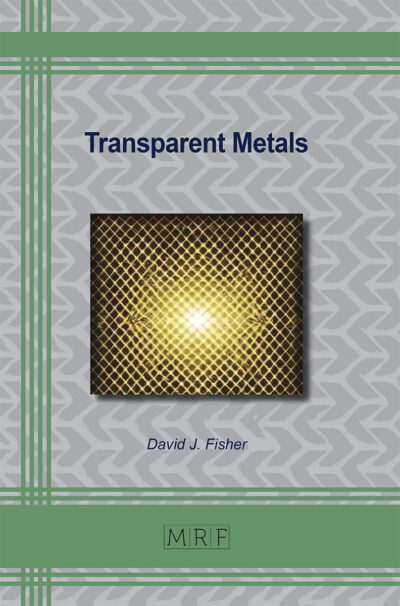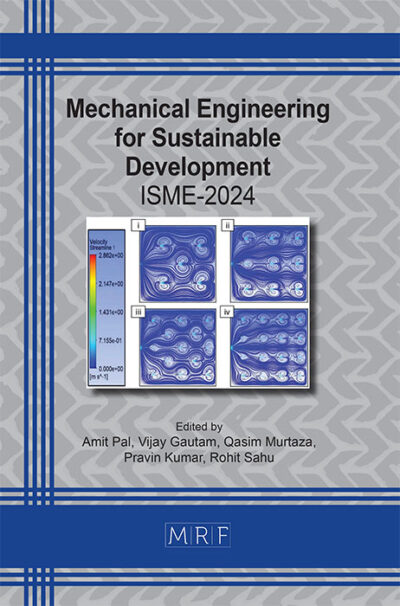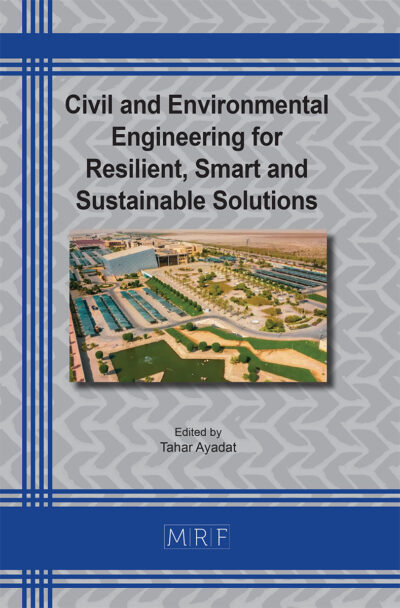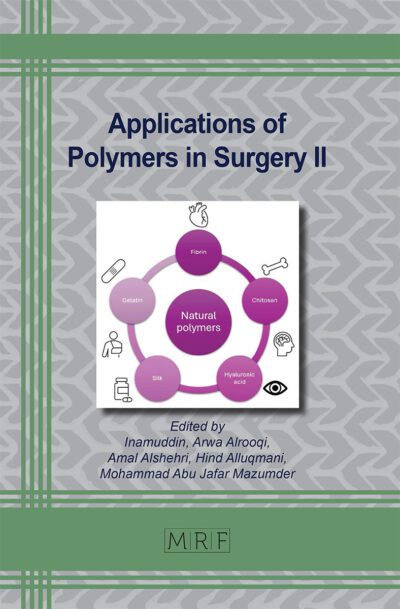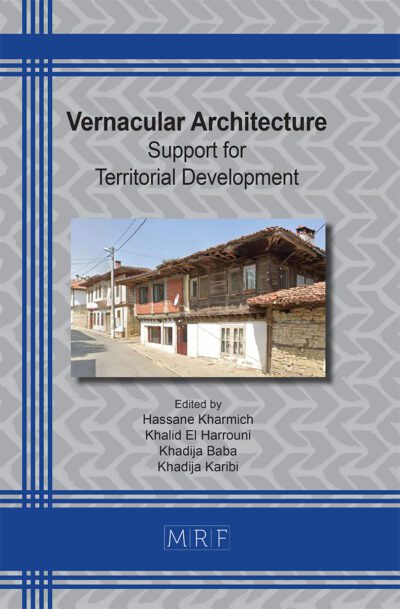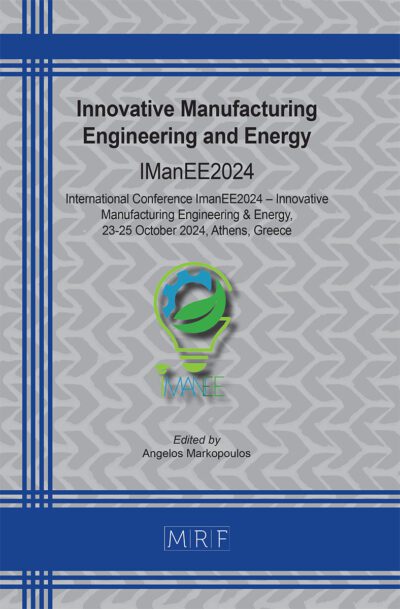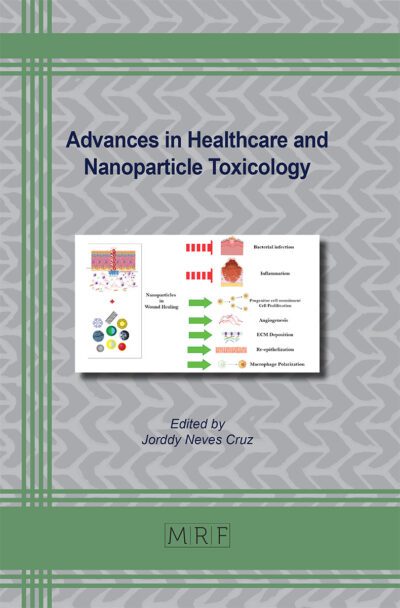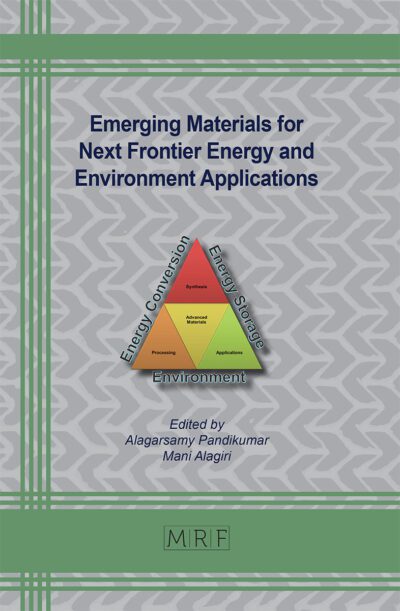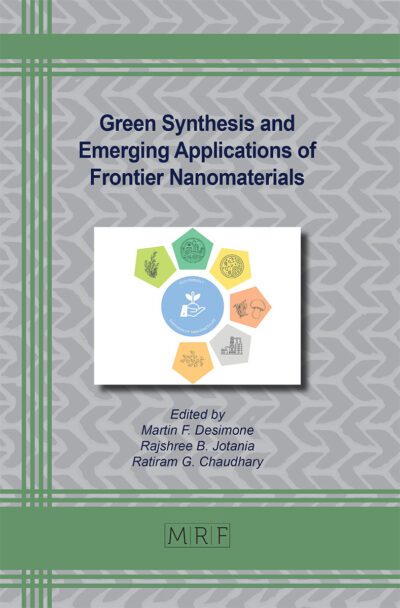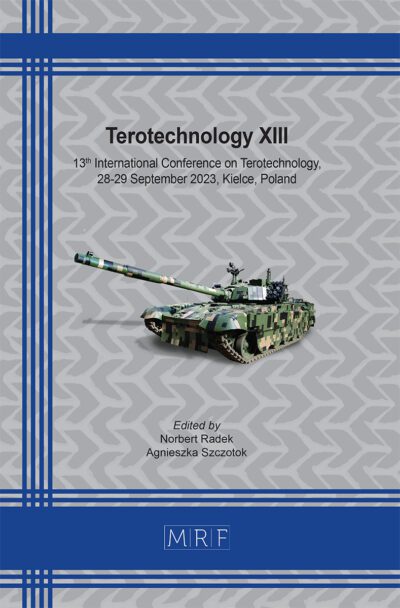–
Influence of the use of mechanically recycled pet in injection stretch blow moulding process (ISBM)
VIORA Laurianne, BOUVARD Jean-Luc, COMBEAUD Christelle
download PDFAbstract. Different mechanically recycled PET issuing from different countries of origin have been studied and compared to a neat one, as a reference. Strech ability above glass transition temperature was explored towards uni-axial tensile experiments or injection stretch blow moulding (ISBM) tests. It has been shown in that study that rPETs and virgin do present global mechanical behaviours. This similar trend is obvious either in low or large deformations domains. Master curves built for the 5 grades indicated equivalent behaviour between the grades from the glassy to the rubbery state. A controlled stretching campaign confirmed that all grades present visco-hyperelastic behaviours that are similar until the deformation for which the materials start to strain-harden. Uni-axial tensile tests were proved to be efficient to discriminate all grades especially regarding the Natural Draw Ratio (NDR) onset of all grades. The virgin PET does present a lower NDR that comforts the fact that strain-induced crystallization can be easier in the virgin case. This test campaign analysis is confirmed by the injected preforms blowing process where the virgin case grade develops lower blowing volumes because of a sooner NDR. It highlights the fact that forming behaviours of rPET must be slightly adapted compared to virgin PET. For rPET, the effects of loss of molar mass combined with the presence of contaminants could be at the origin of these discrepancies.
Keywords
Mechanically Recycled PET, Stretchability, Blow Moulding Process
Published online 4/24/2024, 6 pages
Copyright © 2024 by the author(s)
Published under license by Materials Research Forum LLC., Millersville PA, USA
Citation: VIORA Laurianne, BOUVARD Jean-Luc, COMBEAUD Christelle, Influence of the use of mechanically recycled pet in injection stretch blow moulding process (ISBM), Materials Research Proceedings, Vol. 41, pp 2751-2756, 2024
DOI: https://doi.org/10.21741/9781644903131-301
The article was published as article 301 of the book Material Forming
![]() Content from this work may be used under the terms of the Creative Commons Attribution 3.0 license. Any further distribution of this work must maintain attribution to the author(s) and the title of the work, journal citation and DOI.
Content from this work may be used under the terms of the Creative Commons Attribution 3.0 license. Any further distribution of this work must maintain attribution to the author(s) and the title of the work, journal citation and DOI.
References
[1] PlasticsEurope, Plastics – the Facts 2020, 2020.
[2] Directive (EU) 2019/904 of the European Parliament and of the Council of 5 June 2019 on “the reduction of the impact of certain plastic products on the environment”, (Text with EEA relevance) PE/11/2019/REV/1, OJ L 155, 12.6.2019: 1–19, Juin 2019.
[3] MacArthur DE. The New Plastics Economy: Rethinking the future of plastics, 2016.
[4] Majumdar A, Shukla S, Singh AA, Arora S. Circular fashion: Properties of fabrics made from mechanically recycled poly-ethylene terephthalate (PET) bottles. Resour Conserv Recycl 2020;161:104915. https://doi.org/10.1016/j.resconrec.2020.104915
[5] Quentin J-P. PET ou polyéthylènetéréphtalate 2004:15. https://doi.org/10.51257/a-v1-j6488
[6] Wu H, Lv S, He Y, Qu J-P. The study of the thermomechanical degradation and mechanical properties of PET recycled by industrial-scale elongational processing. Polym Test 2019;77:105882. https://doi.org/10.1016/j.polymertesting.2019.04.029
[7] Aizenshtein EM. Bottle Wastes − to Textile Yarns. Fibre Chem 2016;47:343–7. https://doi.org/10.1007/s10692-016-9691-8
[8] Awaja F, Pavel D. Injection stretch blow moulding process of reactive extruded recycled PET and virgin PET blends 2005. https://doi.org/10.1016/j.eurpolymj.2005.05.036
[9] Badia JD, Strömberg E, Karlsson S, Ribes-Greus A. The role of crystalline, mobile amorphous and rigid amorphous fractions in the performance of recycled poly (ethylene terephthalate) (PET). Polym Degrad Stab 2012;97:98–107. https://doi.org/10.1016/j.polymdegradstab.2011.10.008

